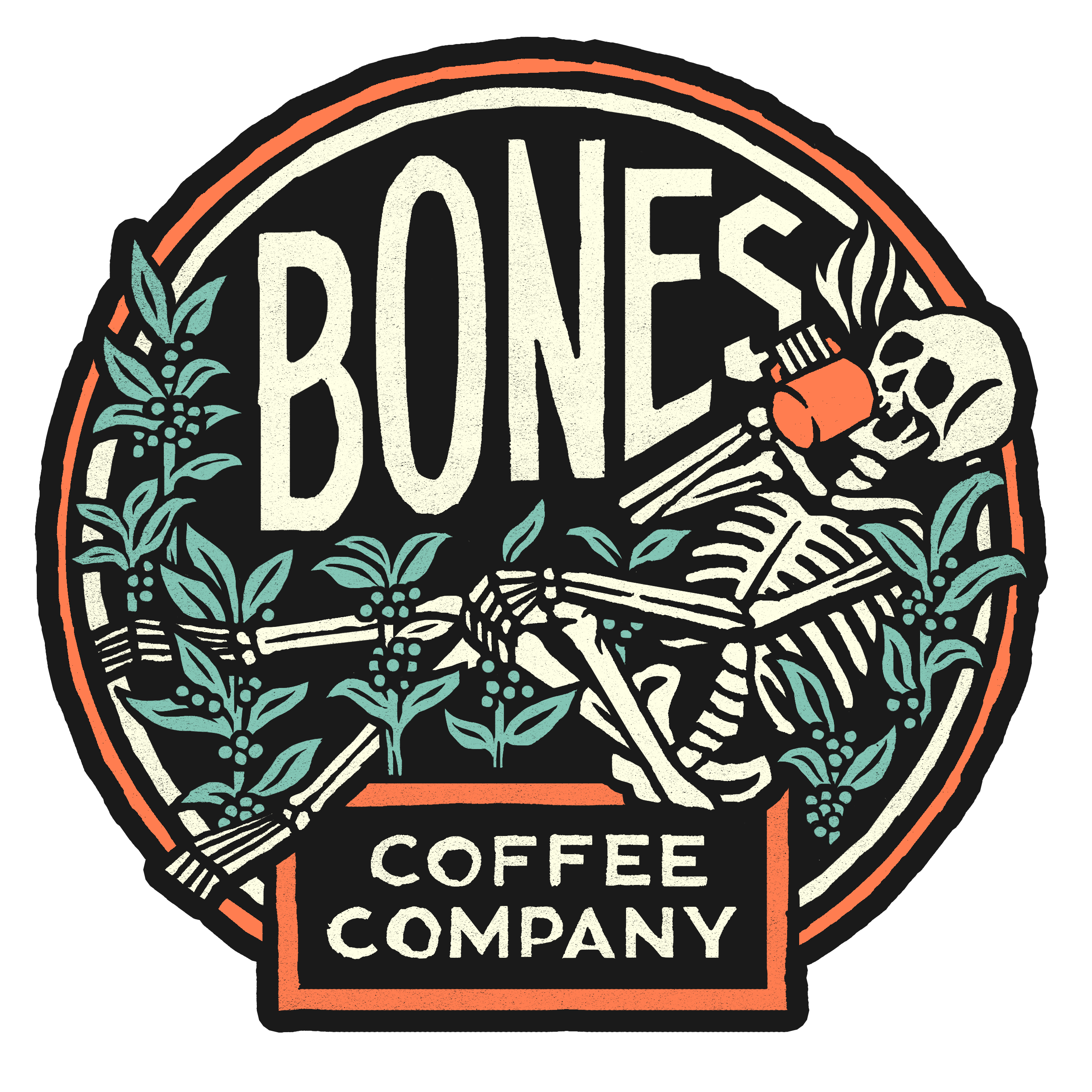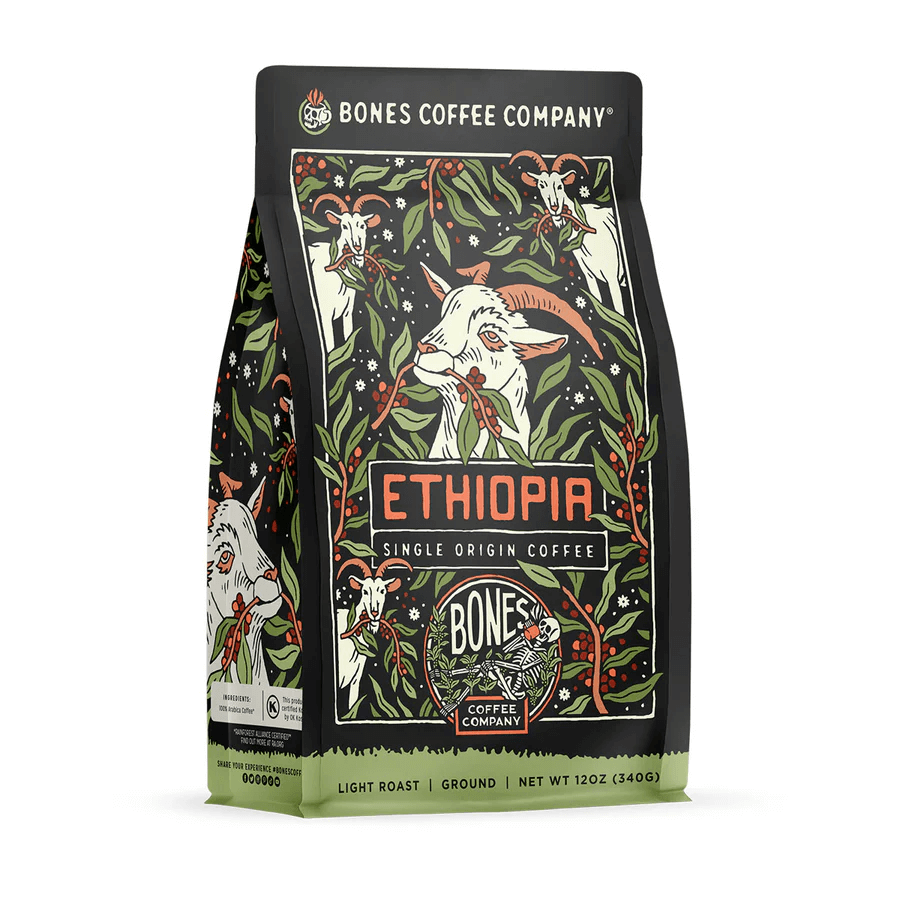Drip coffee, the beloved staple of morning routines and coffee shops alike, is more than just a convenient way to get your caffeine fix. It's a brewing method that offers a delightful balance of simplicity and flavor, perfect for those who appreciate the nuances of a well-crafted cup.
Whether you're a seasoned coffee aficionado or a curious newcomer, exploring the world of drip coffee can open up a realm of aromatic possibilities and rich, satisfying sips. So grab your favorite mug, and let's dive into everything you need to know about this classic brewing technique!
What is Drip Coffee?
The term "drip coffee" comes from the coffee brewing method in which water drips through coffee grounds, mimicking the natural filtration of water through soil, much like rain filtering through the earth.
Drip coffee shines when made with a coffee maker and is perfect for those who value a balanced and nuanced cup. It’s ideal for highlighting the delicate flavors of single-origin coffees, allowing drinkers to explore the distinct aromas and tasting notes unique to various regions and roasting techniques.
For gatherings or serving multiple people, drip coffee offers unmatched convenience. When considering drip coffee vs other brewing methods, it stands out as a practical yet flavor-forward way to enjoy great coffee with friends or family.
Did You Know? Melitta Benz invented the first drip coffee maker in 1908? Frustrated with bitter coffee, she used blotting paper to create the first coffee filter, revolutionizing how we brew! |
How Does Drip Coffee Work?
Drip coffee relies on gravity to produce a smooth, balanced cup by running hot water through ground coffee beans.
The grind size is key—medium grinds work best, as overly fine grinds can lead to bitter flavors, while coarser grinds can result in weak coffee. When comparing drip coffee vs other brewing methods, its simplicity and consistency make it a classic choice for a great cup.
The ground coffee is placed in a paper filter or cone-shaped filter, where the machine heats water to 195°F–205°F, the ideal temperature for unlocking rich flavors without burning.
The water is evenly poured over the grounds, saturating them fully for consistent extraction during the optimal brewing time.
As the coffee brews, the water absorbs the oils and aromas of the grounds, dripping into a carafe below. This simple process makes drip coffee perfect for showcasing nuanced flavors, whether you’re brewing a single cup or multiple servings of regular coffee for a gathering.
Keep reading to learn how easy it is to make your own cup of drip coffee at home!
How Can You Improve the Taste of Your Drip Coffee?
Enhancing the flavor of your drip coffee begins with selecting high-quality roasted beans. Freshness directly impacts taste, and experimenting with single-origin coffees can elevate your brewing experience.
These coffees showcase unique flavors from specific regions, offering everything from fruity and floral notes to deep, earthy profiles.
In addition to the beans, filtered water is essential to avoid impurities that can interfere with the coffee’s natural flavors. Make sure your water is heated to the ideal range of 195–205°F for proper extraction without scorching the grounds.
Don’t overlook the coffee-to-water ratio, which should typically be one to two tablespoons of coffee per six ounces of water. Adjusting this ratio allows you to fine-tune the strength of your cup depending on your preferences.
For a unique twist, try adding a pinch of salt to the grounds—it helps neutralize any bitterness and enhances the natural sweetness of the coffee. Small changes like these can transform a basic brew into something extraordinary.
How Does Grind Size Affect Drip Coffee?
Grind size is essential when you make drip coffee, as it directly impacts the flavor and quality of your brew. The grind size affects how water extracts the distinct flavors from the coffee grounds, influencing whether the water flows too quickly or too slowly.
Using a quality coffee grinder ensures consistency for optimal extraction, giving you control over your brewing coffee for the perfect cup.
- Coarse Grind (Sea Salt Texture): Too large for drip coffee, leading to under-extraction and a weak, sour brew.
- Medium Grind (Granulated Sugar Texture): The sweet spot, resulting in full, balanced flavors.
- Fine Grind (Table Salt Texture): Can cause over-extraction, making the coffee bitter and overly strong.
If you're aiming to experiment with different grinds or brewing methods, Bones Coffee Espresso is perfect for espresso lovers with its finer grind. However, for drip coffee machines or standard brews, consider the whole bean option and grind it yourself for better control and freshness.
Like all Bones Coffee, it’s roasted to order, ensuring every cup is as fresh as it gets.
The science is simple: grind size controls the rate of extraction. Finer grinds expose more surface area, leading to quicker interaction with water, while coarser grinds slow it down.
By pairing the right grind size with your brew method, you’ll always get a flavorful and aromatic cup.
Essential Components of a Drip Coffee Maker
A drip coffee maker is carefully designed with key components working together to create the perfect cup of drip coffee. Each element ensures a seamless brewing process, from heating water to extracting rich flavors from the coffee grounds.
- Water Reservoir: Holds water and controls how much coffee your coffee maker can brew per cycle.
- Heating Element: Heats water to the ideal range of 195–205°F for optimal flavor extraction.
- Filter Basket: Houses coffee grounds and filters, allowing only brewed coffee to pass through.
- Carafe: Collects brewed coffee and maintains temperature, often paired with a warming plate for extended freshness.
- Showerhead: Evenly distributes hot water over the grounds, ensuring consistent saturation and a balanced flavor profile.
Are There Different Types of Drip Coffee Machines?
Drip coffee machines come in various styles designed to suit different needs, preferences, and brewing habits.
Whether you prefer a simple setup for quick brewed coffee or a more advanced machine with customizable features, the right choice depends on how much effort you want to put into the process and how much coffee you drink daily.
Automatic Drip Coffee Makers
Drip coffee makers are the classic choice for brewing coffee with ease and convenience. Simply add hot water, coffee filters, and ground coffee, then press a button.
Many modern models feature programmable timers, built-in grinders, and thermal carafes to keep your drip coffee warm for extended periods. They’re perfect for busy mornings or when you need to brew for a crowd without compromising on flavor.
Manual Drip Coffee Makers
Pour-over coffee is a favorite among those who appreciate hands-on coffee brewing methods. When you make drip coffee this way, you have to manually pour hot water over coffee grounds in a coffee filter, giving you complete control over water temperature, pouring speed, and extraction.
Though slower than automatic methods, the process allows coffee lovers to brew coffee with precision, resulting in a flavorful and nuanced cup that highlights the beans' unique characteristics.
Coffee Tip: For a cleaner cup of coffee, opt for paper filters when brewing coffee. These can trap more oils and fine particles compared to metal filters. |
Single-Serve Drip Machines
Compact and efficient, single-serve machines are a popular choice for coffee brewing one cup at a time. These machines often use pods or capsules for convenience, eliminating the need to measure coffee grounds.
They’re perfect for small spaces, quick fixes, or for coffee drinkers who enjoy experimenting with a variety of flavors.
While not as robust as traditional drip coffee makers in terms of the brewing process, they’re ideal for those seeking a fast and hassle-free approach to their daily cup of black coffee.
Specialty Drip Coffee Machines
A specialty drip coffee machine is all about versatility and innovation. From cold brew settings to built-in milk frothers for crafting lattes, these advanced coffee makers offer endless possibilities.
Ideal for coffee enthusiasts, these machines let you use ground coffee or freshly ground coffee beans to explore and perfect a variety of coffee creations.
What Are the Most Common Errors When Brewing Drip Coffee?
Even seasoned coffee drinkers make simple mistakes that can ruin a good cup. Here are key missteps to avoid:
- Wrong Grind Size: Drip coffee needs a medium size grind. Too fine causes bitterness, while too coarse produces a weak, watery brew. Use a burr grinder for consistency.
- Ignoring Coffee-to-Water Ratio: Precision matters. Stick to the standard one to two tablespoons of coffee per six ounces of water, adjusting for taste.
- Incorrect Water Temperature: Coffee brews best at 195°F–205°F. Too hot, and you'll scorch the grounds; too cold, and the flavors won’t fully extract. A thermometer or temperature-controlled machine helps.
- Using Stale Beans: Grind fresh beans just before brewing. Store them in an airtight container away from heat and light to preserve flavor.
- Skipping Regular Cleaning: Residue buildup in your coffee maker can alter the taste. Clean the carafe, filter basket, and reservoir often to keep flavors pure.
Ready to Elevate Your Coffee Game?
Drip coffee may be simple, but with the right beans, brewing techniques, and attention to detail, it transforms into something extraordinary. Whether you're exploring bold single-origin coffees, refining your brewing process, or just looking for a fresh, flavorful cup, there's always room to upgrade your daily ritual.
Bones Coffee Company offers freshly roasted, small-batch coffee with incredible, fun flavors that take your coffee experience to the next level. Whether you crave the fruity brightness of Ethiopia or the indulgent richness of S'morey Time, there’s something for every coffee lover.
Dive into the world of Bones Coffee Company today, and don’t forget—free shipping on orders over $75 is just one more reason to make the switch to better coffee. For inquiries, contact us at Support@BonesCoffee.com.











